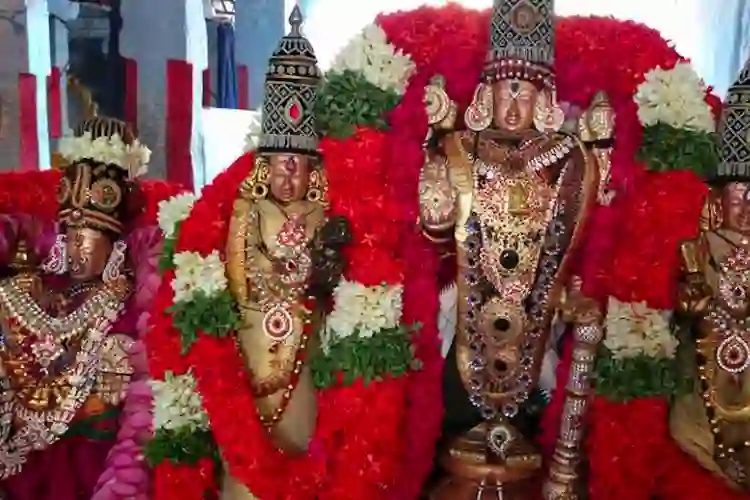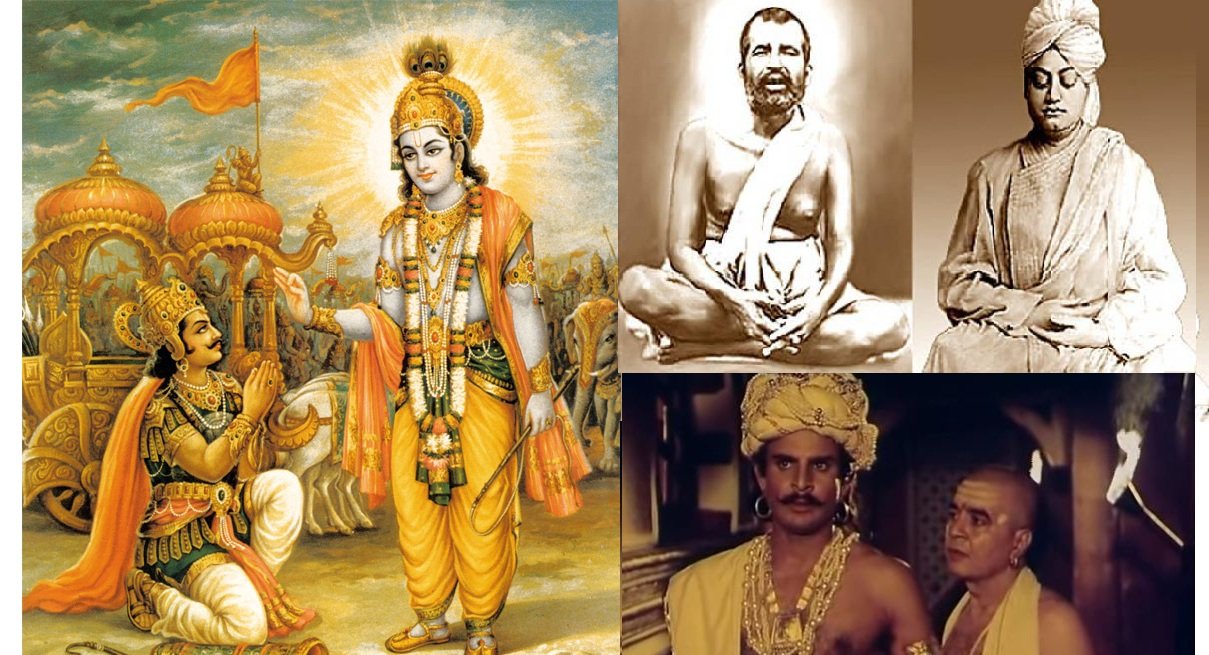The International Workers’ Day, also known as May Day, is today. It is also known as Labor Day in some places. May Day is the day it is celebrated, which is why it is called that. The International Labor Movement promotes this as a celebration of the working class. In a lot of great nations around the world, this day is made a holiday.
In many countries, May Day, also known as Workers’ Day or International Workers’ Day, is a day to remember the historic struggles and victories of workers and the labor movement. On the first Monday of September, the United States and Canada observe a similar holiday known as Labor Day.
In honor of the Haymarket Riot in Chicago, an international federation of socialist organizations and trade unions declared May 1 to be a day of support for workers in 1889. After five years, US President Grover Cleveland signed legislation to make Labor Day, which was already celebrated on the first Monday of September in some states, the official United States holiday in honor of workers. He was unhappy with the socialist origins of Workers’ Day. Canada followed shortly thereafter.
Historically, May 1 in Europe was associated with rural pagan festivals (see May Day), but the modern association with the labor movement gradually replaced the original meaning. The new holiday was embraced by Soviet leaders in the hope that it would inspire workers in Europe and the United States to unite against capitalism. The day became a significant holiday in the Soviet Union and Eastern Bloc nations, with high-profile parades honoring the worker and showcasing Soviet military might, including one in Moscow’s Red Square led by high-ranking government and Communist Party officials. In 1933, following the rise of the Nazi Party, Labor Day was made an official holiday in Germany. Ironically, the day after the holiday was established, free unions were abolished in Germany, virtually destroying the German labor movement.
History of May Day
It is odd that May Day originated in the United States, which is considered a capitalist nation, and not in any communist nation that prioritizes labor. The functioning states of the work class used to be very terrible even in the nineteenth 100 years, when a significant number of them needed to work for anything between 10 to 16 hours every day, that too in unfriendly and perilous circumstances. At the time, workplace injuries, limb loss, and even fatalities were common. Even though the struggle to reduce working hours began in the 1860s, it took more than two decades for the efforts to achieve some degree of success. In 1884, the national convention of the workers’ organization known as the Federation of Organized Trades and Labor Unions, which was held in Chicago, United States, made the declaration that “eight hours will be a legal day’s labor from the 1st May 1886.” Nevertheless, employers did not approve of this because it was primarily a demand from employees. This is what eventually led to the widely observed Labor Day of today.
However, there is yet another explanation for how May Day came to be. On May 4, 1886, a rally was held in Chicago’s Haymarket Square in support of the workers who were on strike, demanding an eight-hour workday and protesting the deaths of a number of workers in police action the day before. However, numerous police officers and others were killed when a bomb went off during the gathering. The Socialist and Communist parties chose May Day, also known as The International Worker’s Day, to commemorate this Haymarket tragedy. Later in 1904, the Sixth Conference of the Second International urged all nations’ Social Democratic Organizations and Trade Unions to demonstrate on May 1 in support of the eight-hour workday and its legalization.
As a result, May Day was established, which gained prominence over time and spread to the majority of the world’s regions. In many nations today, May Day is observed as a public holiday. However, there are still a few nations that observe Labor Day on other dates that are particularly important to them. One such nation is the United States, where Labor Day is observed on the first Monday of September.
Interestingly, May Day also refers to the ancient northern hemisphere spring festival that takes place on May 1 and features cake distribution, singing, dancing, and a holiday.
May Day Celebrations
Since a long time ago, every socialist and communist group has used May Day as a rallying point. Consequently, this day continues to be the most significant holiday in all communist nations, including Russia, China, North Korea, and Cuba. The day is marked by grand celebrations in the capital and numerous other locations in these nations, where large worker parades are held. Additionally, cultural heritage and military might are displayed at that time.
In India, May Day is also a public holiday, and many businesses hold programs to promote the well-being of employees. It also continues to be a time when workers and members of the Trade Union get together to talk about common concerns and exchange pleasantries.










